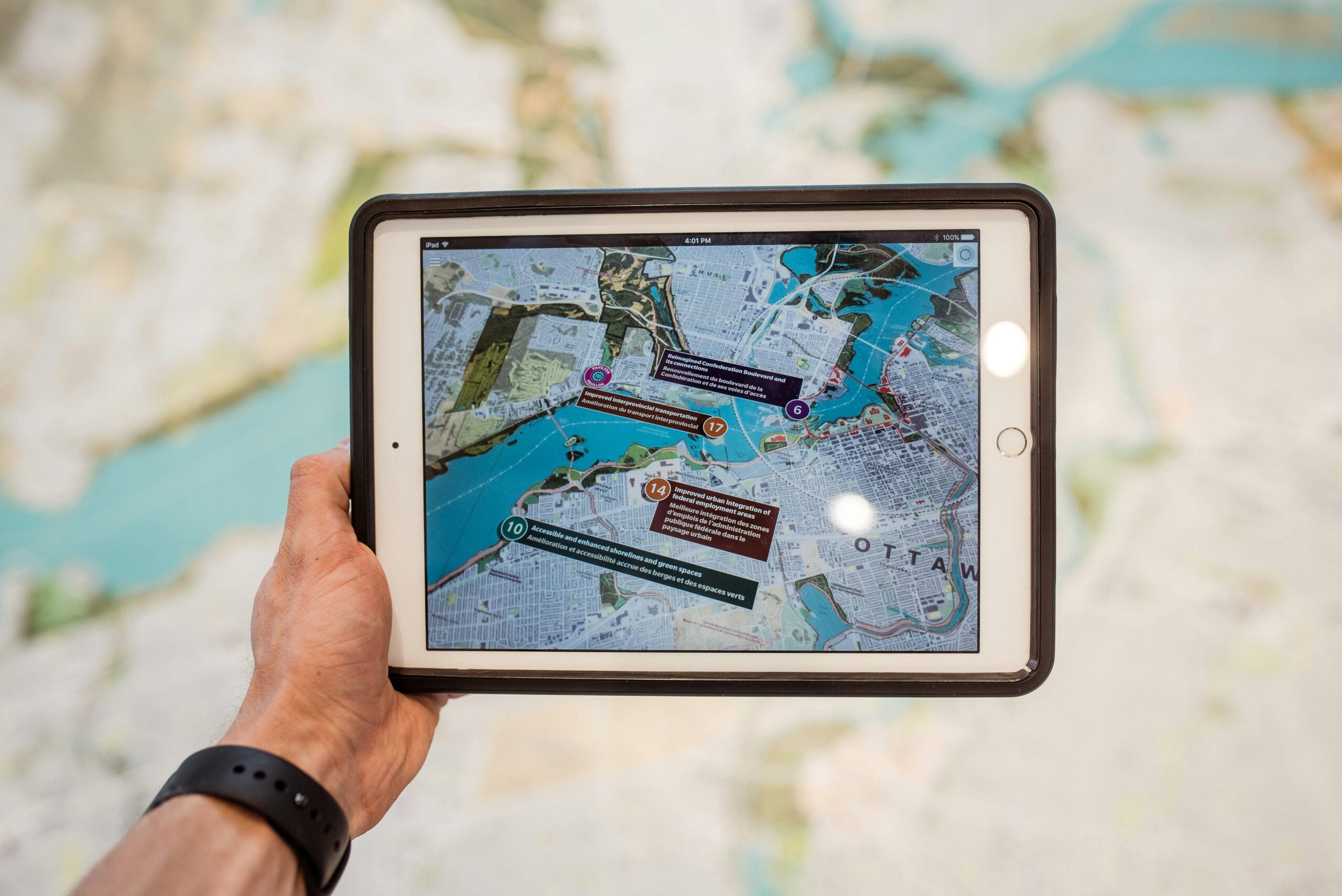Urban planning plays a crucial role in shaping the cities of the future. With the rapid advancement of technology, the concept of smart cities has emerged as a way to create more efficient, sustainable, and livable urban environments. One key aspect of building smart cities is the integration of user interface (UI) and user experience (UX) design principles into urban planning.
Understanding UI and UX
UI refers to the visual and interactive elements of a digital product or system, while UX focuses on the overall experience and satisfaction of the users. In the context of urban planning, UI/UX design involves creating intuitive and user-friendly interfaces for the various digital platforms and applications used in city management.
By applying UI/UX principles to urban planning, cities can enhance the efficiency and effectiveness of their services, improve citizen engagement, and ultimately create a more inclusive and sustainable urban environment.
The Benefits of UI/UX in Urban Planning
1. Enhanced Citizen Engagement: UI/UX design can help cities create user-friendly platforms for citizens to access information, provide feedback, and participate in decision-making processes. By making these interfaces intuitive and visually appealing, cities can encourage greater citizen engagement and foster a sense of ownership and community involvement.
2. Improved Accessibility: Smart cities aim to be inclusive and accessible to all citizens. UI/UX design can play a crucial role in ensuring that digital platforms and applications are accessible to people with disabilities. By considering accessibility guidelines and incorporating features such as screen readers, voice commands, and color contrast options, cities can ensure that everyone can easily navigate and interact with their digital services.
3. Efficient Service Delivery: UI/UX design can streamline the delivery of public services by creating user-friendly interfaces for citizens and city officials. By simplifying complex processes, reducing the number of steps required, and providing clear instructions, cities can improve the efficiency and effectiveness of their services, saving time and resources for both citizens and the government.
4. Data Visualization: UI/UX design can help cities effectively visualize complex data sets related to urban planning. By presenting data in a visually appealing and easy-to-understand manner, decision-makers can gain valuable insights and make informed decisions. Interactive maps, charts, and graphs can be used to display information about transportation networks, energy consumption, waste management, and other key aspects of urban planning.
Challenges and Considerations
While UI/UX design offers numerous benefits for urban planning, there are also challenges and considerations that need to be addressed:
1. User Research: To create effective UI/UX designs, it is essential to understand the needs, preferences, and behaviors of the target users. Conducting user research and gathering feedback from citizens is crucial to ensure that the designs meet their expectations and requirements.
2. Integration with Existing Systems: Implementing UI/UX design principles in urban planning may require integrating new digital platforms and applications with existing systems and databases. Compatibility, data security, and privacy considerations need to be carefully addressed to ensure a seamless and secure user experience.
3. Training and Capacity Building: UI/UX design expertise may not be readily available within the urban planning departments of cities. Training programs and capacity building initiatives can help city officials and planners acquire the necessary skills and knowledge to effectively incorporate UI/UX design principles into their work.
The Future of UI/UX in Urban Planning
As technology continues to evolve, the role of UI/UX design in urban planning will become even more critical. The emergence of technologies such as augmented reality, virtual reality, and artificial intelligence presents new opportunities for creating immersive and personalized user experiences in urban environments.
Furthermore, the increasing availability of data and the development of advanced analytics tools will enable cities to make data-driven decisions and optimize their urban planning processes. UI/UX design will play a vital role in presenting complex data in a user-friendly and actionable manner, allowing decision-makers to understand trends, identify patterns, and plan for the future.
In conclusion, UI/UX design has the potential to revolutionize urban planning and shape the cities of the future. By creating intuitive and user-friendly interfaces, cities can enhance citizen engagement, improve service delivery, and make data-driven decisions. As technology advances, the integration of UI/UX design principles into urban planning will become increasingly important in creating smart cities that are sustainable, inclusive, and responsive to the needs of their citizens.




Leave a Reply